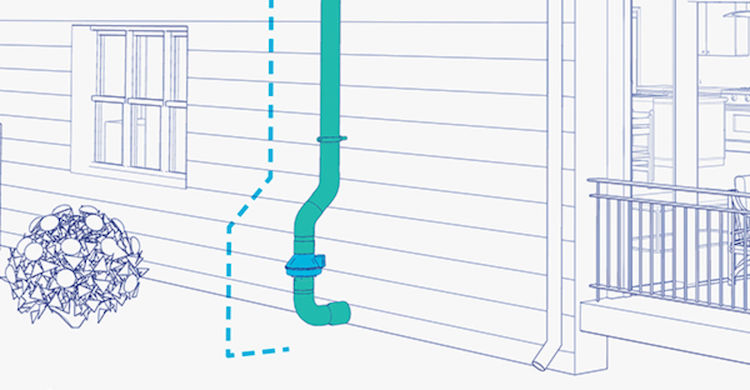Radon gas can be health hazardous. Being a radioactive active gas, radon cannot be smelled, tasted, or seen, which makes it go undetected for several years. And, if it escapes from the underground into a confined area, like home, it can cause a health problem, as serious as lung cancer.
It is important to install a radon gas detector inside your home for a long-term test. Do not ignore if it indicates a high radon level. Get it fixed immediately. You can remove radon gas from your house through professional radon removal services at a reasonable price.
In this blog, we will discuss the removal of radon in detail.

Monitor the Level of Radon Gas inside Home
While the presence of radon gas inside homes is nothing abnormal, the question should be what is abnormal. Assessing the level daily is the only way to find this out.
The level of radon varies from day to day and even from hour to hour. So, the best way to measure the amount of gas is by monitoring its level for three months and then compiling an average.
You can purchase a DIY long-term radon detection kit or hire a certified service provider to do the procedure.
The level of radon gas in a confined area should not exceed 200 Becquerels per meter cubed (Bq/m3). If the radon gas reaches anywhere between 200 – 600 Bq/m3, you must get the system installed within two years. And, if it goes above 600 Bq/m3, you must take immediate action. Anything below 200 Bq/m3 is considered safe.
As the radon removal process is quite technical and complex, a professional approach is recommended over a DIY procedure.
What a Licensed Radon Mitigation Company Does
The certified radon removal contractor will lower your home radon level to a considerable percentage using modern techniques, such as installing a highly efficient mitigation system.
The mitigation system involves drilling holes in the property’s foundation cement, placing PVC pipes in them, running the pipes along with the structure of the house up until the roof, and letting the radon gas pass out using a suction fan. Although it sounds simple, it is not. It requires technique, precision, structure and soil analysis and a lot of other things.
If a novice installs the radon removal system incorrectly and not according to the quality and safety guidelines, there’s a possibility of the gas being leaked out from the pipes and causing severe damage.
Additionally, if the pipes are not properly insulated, the hot air from the underground can condense the cold air near the attic and start mold growth.
Tips for Reducing Radon Level in Home
- Each home requires a different radon removal system or approach. You may require a combination of two or more methods. Do not select what your neighbor or friend chose.
- Your house must be thoroughly measured and analyzed using diagnostic tests. Get it inspected by a professional only.
- The foundation design, soil, slab grade, crawlspace, and the age of the house must be evaluated in the Diagnostic Test.
- Different types of radon mitigation techniques include Active Sub-Slab Depressurization, Drainage System Depressurization, Sump-Hole Depressurization, and Active Sub-Membrane Depressurization. Gain knowledge about each type so that you can discuss them confidently with the professional.
- Remember to seal all major escape routes for radon, such as cracks between tiles and slabs, open sumps, floor drains, floor wall joints, vulnerable soil, and empty spaces between concrete blocks.
- Use a high-quality fan so that it effectively sucks the gas from the ground level and releases it through the roof.
As we always say, prevention is better than restoration. So, maintaining a low radon level is a better idea than removing it after it blows up.